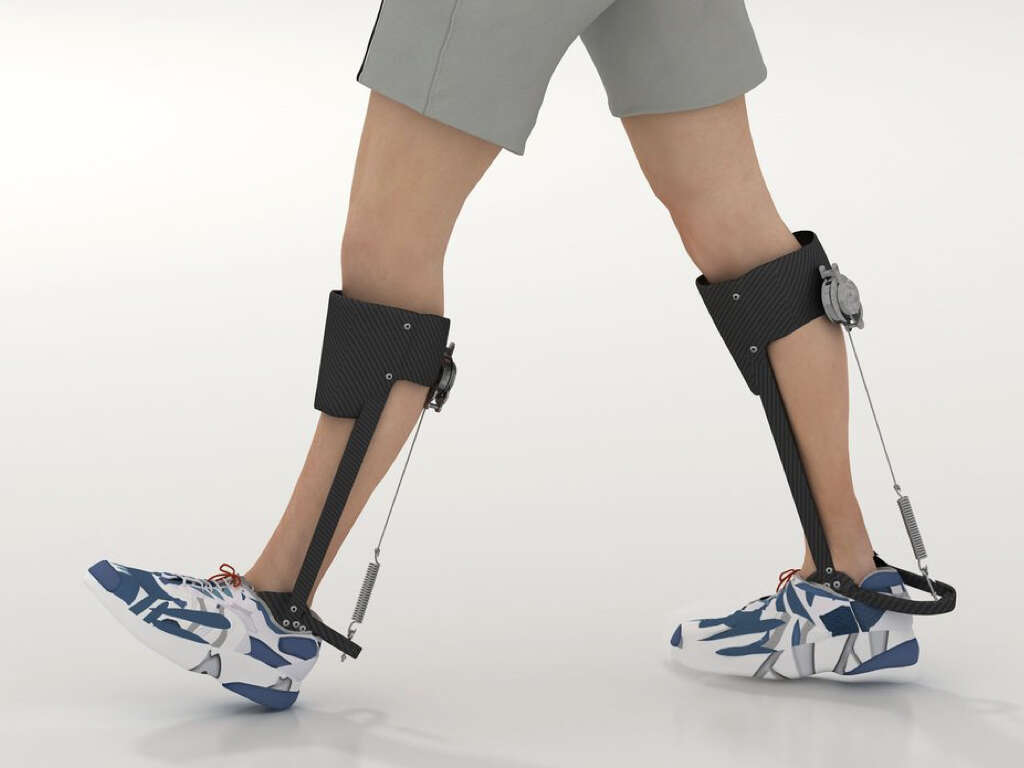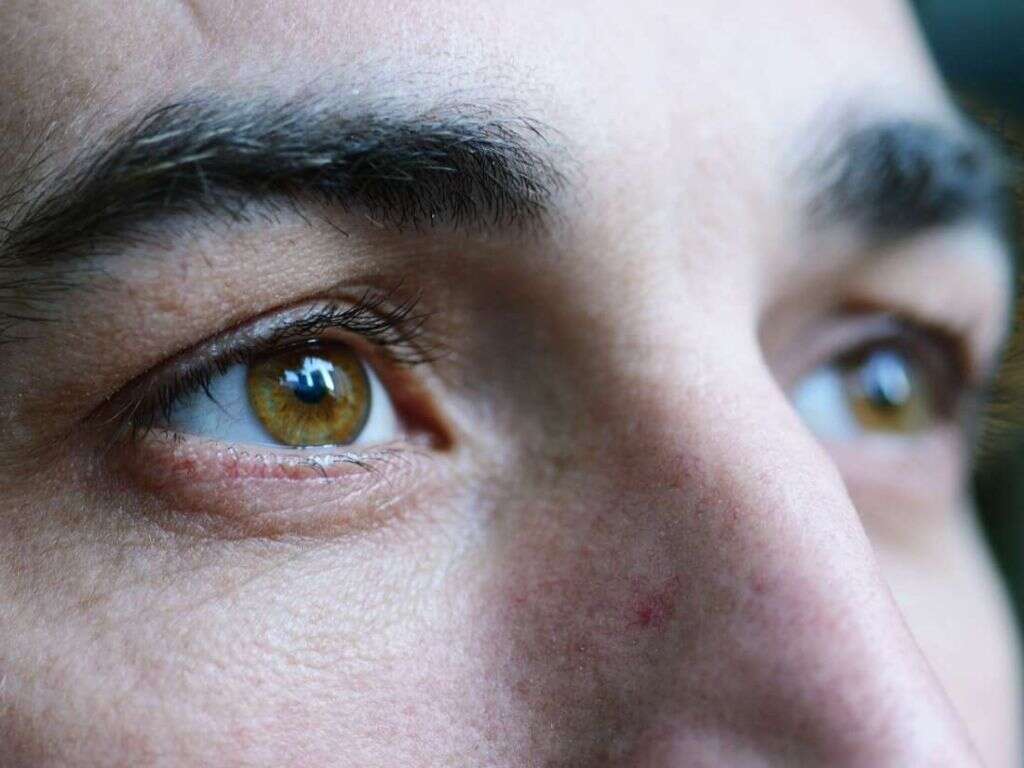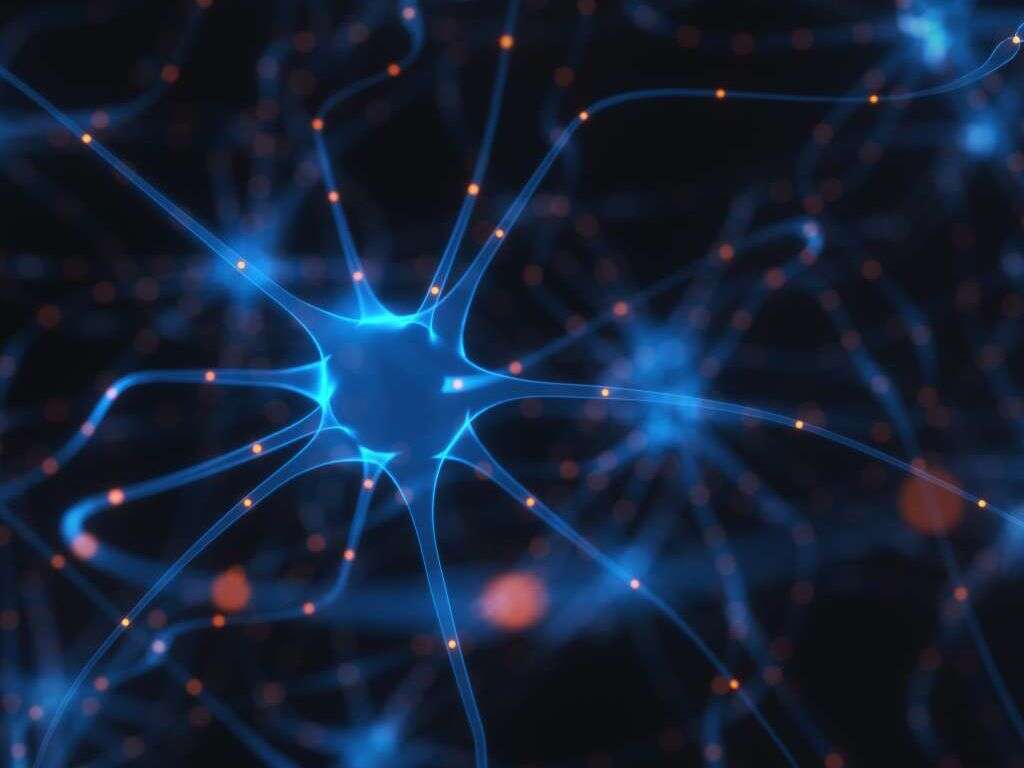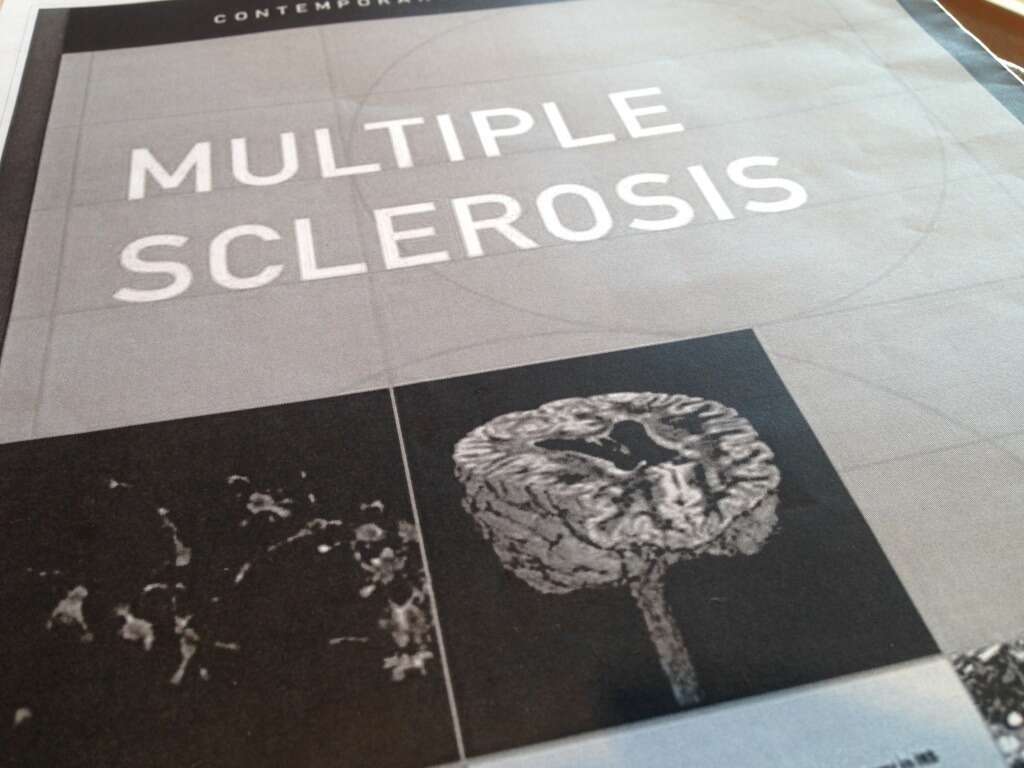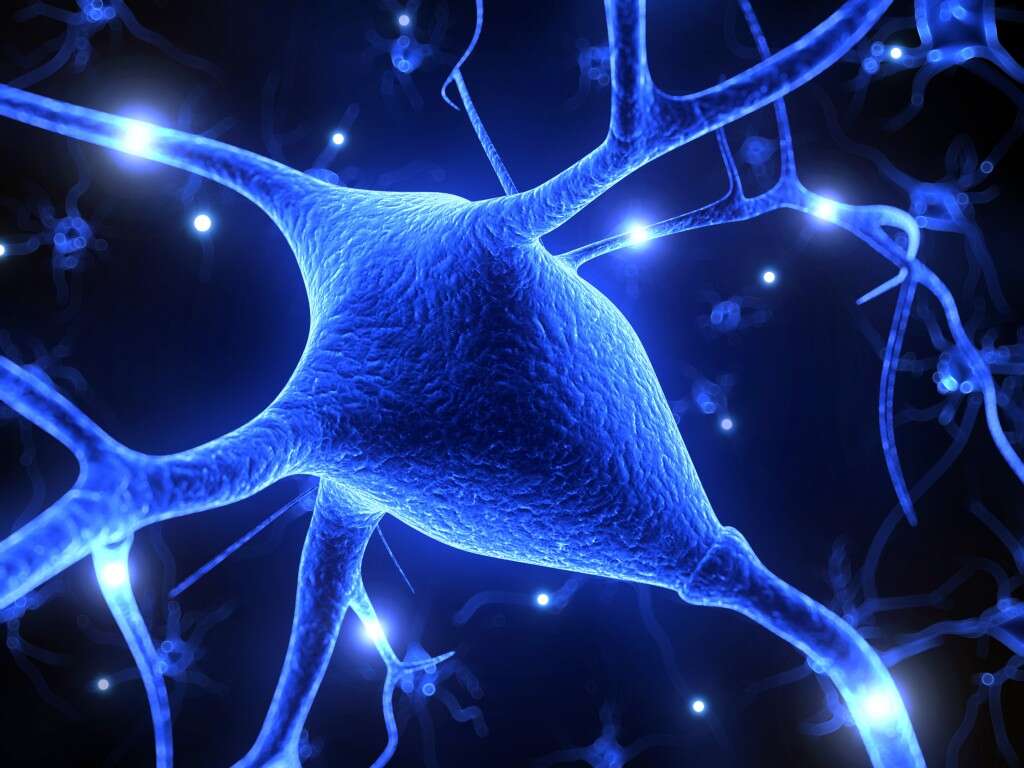10 Muscular Dystrophy Symptoms
Muscular dystrophy is defined as a group of genetic diseases indicated by progressive weakness and loss of muscle mass. There are about 30 types of muscular dystrophy whose symptoms and severity vary from one condition to another. Each kind of muscular dystrophy is caused by a genetic mutation specific to that type of disease.
Although both men and women can develop muscular dystrophy, the most common type, called Duchenne, affects young boys primarily. The CDC reports that 1 in every 7250 males ages 5-24 has Duchenne and Becker muscular dystrophy (DBMD). This article focuses on the most common muscular dystrophy symptoms.
Symptom #1: Frequent Falls
Patients with muscular dystrophy experience weakness and loss of their muscles, as mentioned above. This is the reason why they fall frequently. For example, one in three patients with facioscapulohumeral disease (a third most common type of muscular dystrophy) fall at least once a month.
The problem becomes even more serious if you bear in mind that 7 out of 10 patients who fall also injure themselves. The frequency of falls correlates with severity of the condition. Patients with greater muscle loss tend to fall more often compared to those with lesser loss of muscle mass.
Symptom #2: Difficulty Getting Up
To healthy people standing up from a seated or lying position is the easiest thing ever, but for children and adults with muscular dystrophy, it can be quite challenging to do this. Like other symptoms of these genetic conditions, it is muscle weakness and loss of mass that play a role here.
You see, when you are sitting and try to stand up you push up from the feet with the muscles flexing and tightening until you’re standing straight. Due to weakened muscles, it becomes difficult to get up without feelings of pain and discomfort. It’s needless to mention this can also be incredibly frustrating for the affected patient. The more the muscles deteriorate, the more difficult it gets to get up or stand up.
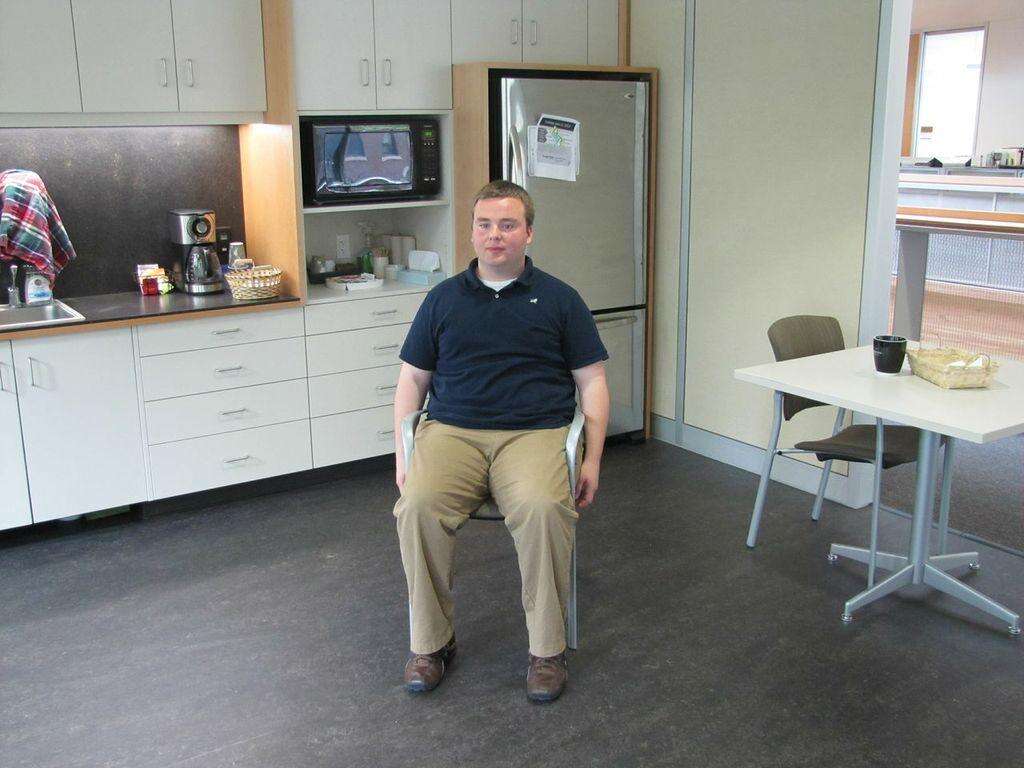
Symptom #3: Difficulty Running & Jumping
Almost all muscles in your legs are activated when you’re running, jumping, or doing some other activities. While moving legs forward, you are mainly using quadriceps muscles that are located at the front of the thighs. Quads bend the hip and straighten and stabilize the knee to allow shock absorption while your feet are landing onto the ground. Hamstrings, located at the back of your thigh, activate as your body moves forward. They straighten the hip and start bending your knee.
Muscles located in lower legs also activate to flex and extend your feet. That being said, in children and adults with muscular dystrophy weakened muscles don’t allow the freedom of movement. In some cases, this symptom comes and goes which is why it is ignored at first. For example, one moment your child usually runs but later he (or she) struggles. Experiencing difficulty with running, jumping, or climbing is one of the first symptoms of muscular dystrophy, but it’s easy to mistake it for some other problem such as tiredness, not being skilled enough.
Symptom #4: Waddling Gait
Gait is defined as a manner of walking. Myopathic or waddling gait is a type of gait abnormality. The waddling is a result of the weakness of the proximal muscles in the pelvic girdle area. The pelvic girdle is, basically, a bowl-shaped network of bones and muscles that connect hips and legs with the torso. Weak pelvic girdle disrupts a person’s balance when walking, thus causing waddling gait.
Myopathic gait occurs due to various causes including pregnancy, but muscular dystrophy is one of the most common ones. This symptom is the most prevalent in patients with Duchenne muscular dystrophy and Becker muscular dystrophy. The use of assistive devices, medication, gait training, and surgery are common ways to manage this symptom.
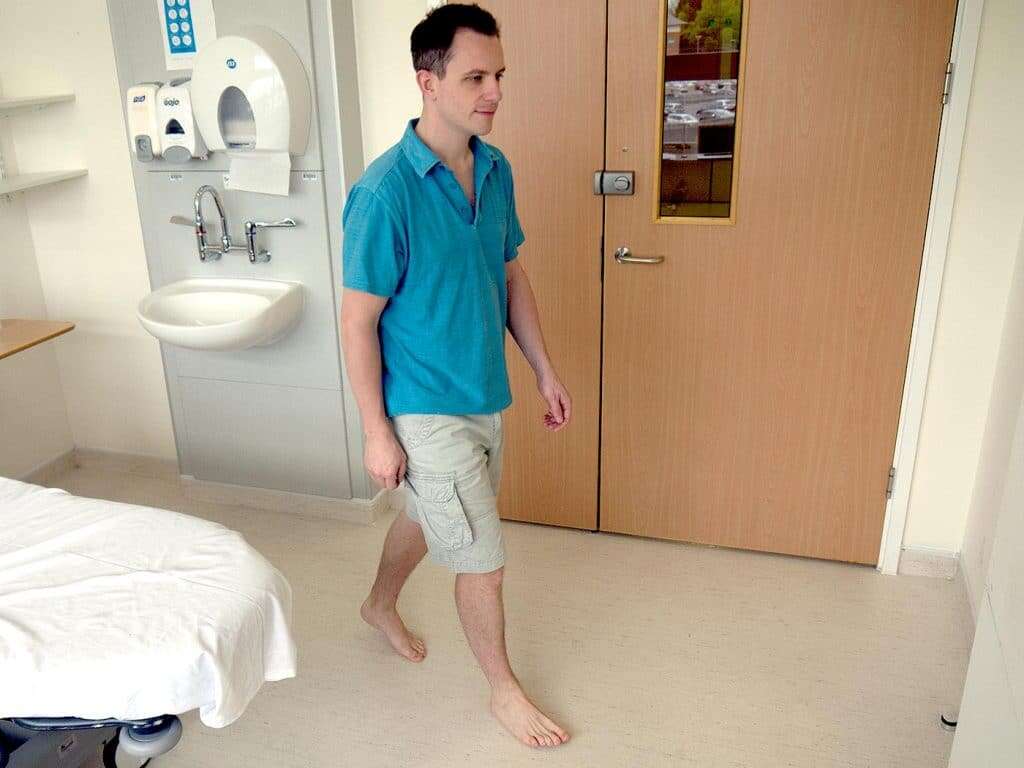
Symptom #5: Walking On The Toes
Walking on the toes is a common symptom of muscular dystrophy, particularly in children. Evidence shows that the symptom is more frequent in later stages of Duchenne.
Why does it happen? The primary reason for walking on the toes could be related to contracture or shortening of the heel cords. In some cases, toe-walking occurs in earlier stages even before contracture happens. Patients with muscular dystrophy tend to walk on their toes as they adjust for the marked lumbar hyperlordosis (exaggerated lumbar curve in the spine) and weakness of hip flexors. Also, weakened foot dorsiflexors also contribute to toe-walking.
Symptom #6: Calf Enlargement
Enlarged calf muscles are a common symptom in patients with muscular dystrophy. You’re probably wondering how this can be, especially because muscular dystrophy is associated with weakening of muscles. The reason behind enlargement of calves is due to muscle being replaced by fat, connective tissue, and an accumulation of fluid. The buildup of fluid affects specific areas of the body, and it occurs when muscles are contracting.
Calf muscles are most frequently affected. Unfortunately, calf enlargement tends to be overlooked, but when coupled with other symptoms mentioned in this post, the chances are high an affected patient has muscular dystrophy. It’s not uncommon for patients to experience spasms and painful sensation in this area.
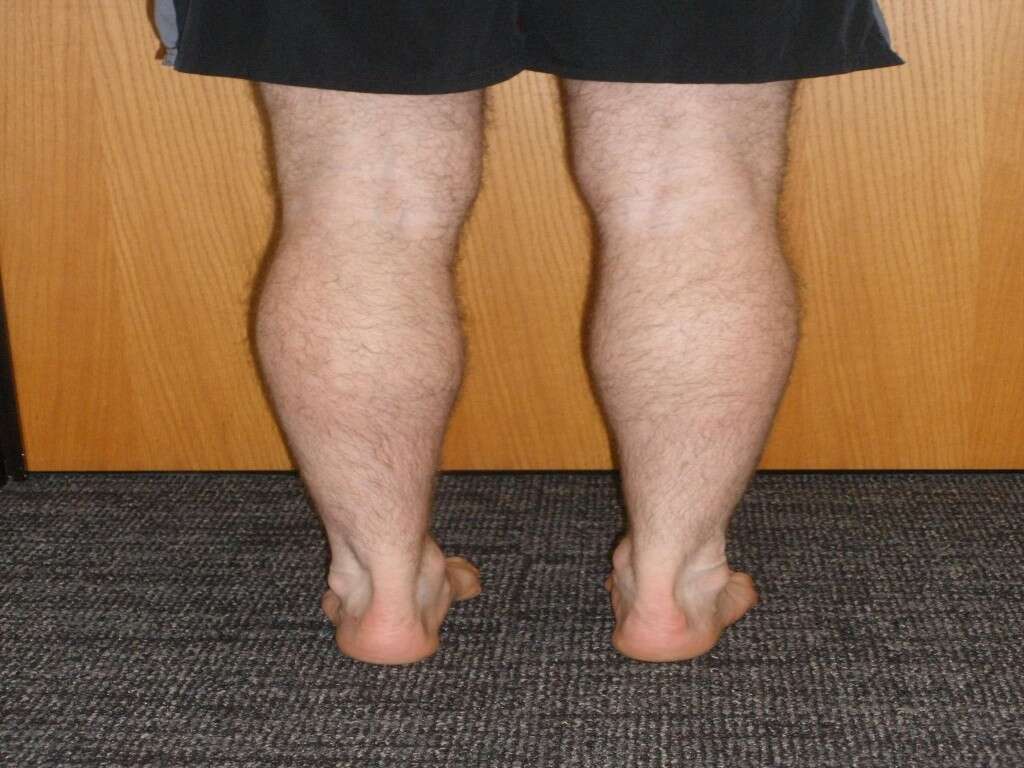
Symptom #7: Pain & Stiffness in Muscles
Muscle pain and stiffness is a symptom of many musculoskeletal conditions including muscular dystrophy. In fact, the symptom is a significant feature of these conditions. The cause of pain could be due to postural problems, but it can also be a result of inflammation in patient’s muscles.
As the muscles weaken patients overuse them because they struggle to get up, run, or do other activities. Overworked muscles can cause pain. Stiffness is yet another problem, and it occurs due to long periods of inactivity. Using hot and cold packs is a good way to numb the pain or alleviate stiffness in your muscles.
Symptom #8: Learning Disabilities
Patients with muscular dystrophy often have impairments in brain functions which is why it becomes difficult for them to learn in the same manner as healthy counterparts. Studies show that boys with Duchenne muscular dystrophy display distinct cognitive profiles and exhibit neurobehavioral comorbidities including ADHD, autism, and OCD.
Also, boys with this type of muscular dystrophy can have lower IQ compared to controls due to about 30% of cognitive impairment they have. Children with muscular dystrophy also find it difficult to read, master academic material, experience memory problems, dyslexia, and other issues that don’t allow them to learn at the same pace as other kids.
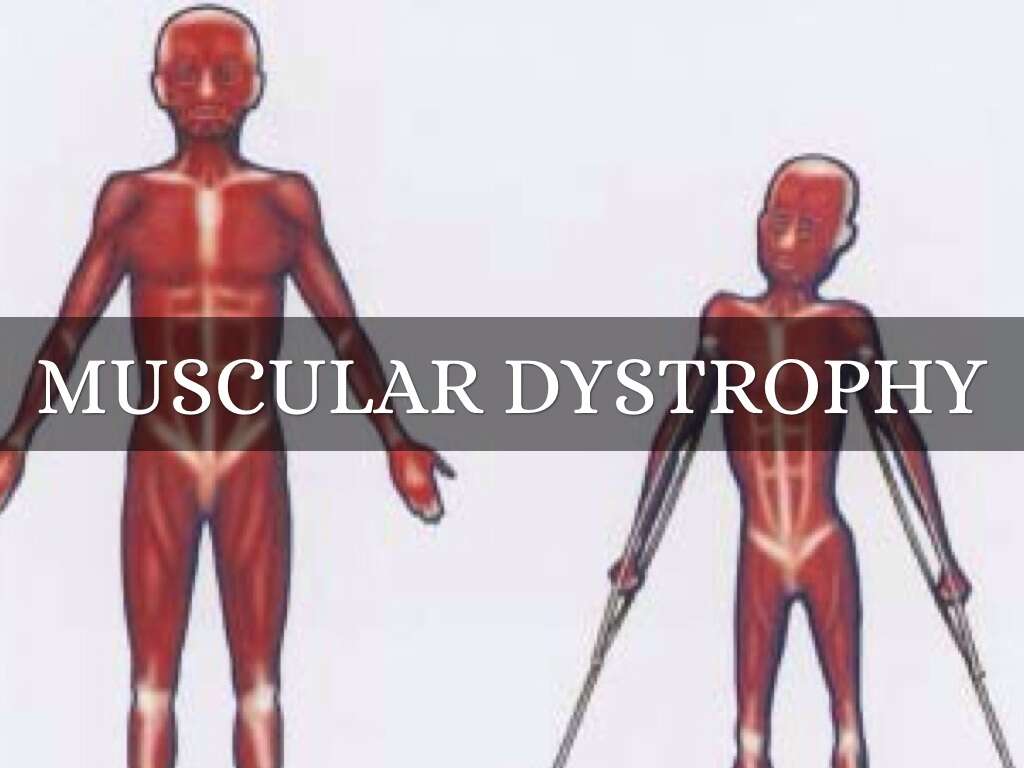
Symptom #9: Bone Thinning
The effects of muscular dystrophy conditions go beyond muscle weakness and loss of muscle mass, they extend to bones as well. A common symptom of these disorders is bone thinning. The reason behind this problem could be due to disrupted calcium homeostasis in patients with muscular dystrophy.
Without proper calcium homeostasis, different problems in the musculoskeletal system occur. Some of these problems include scoliosis, increased risk of bone fracture, and decreased bone mineral density. It’s also important to mention that patients with muscular dystrophy tend to be deficient in vitamin D which is also important for bone health.
Symptom #10: Trouble Swallowing
Muscular dystrophy conditions are largely misunderstood, and so are their symptoms. Studies on this subject are limited, and most of them focus on changes in muscle function, but patients experience other problems too.
Trouble swallowing (dysphagia) is a common, but usually dismissed, problem of muscular dystrophy. Swallowing has three stages: oral stage (chewing and fragmentation), pharyngeal stage (transition of food from the mouth to the upper opening of the esophagus), and the esophageal stage (progression of food toward stomach). Patients with muscular dystrophy tend to experience difficulties during the oral stage of swallowing.



